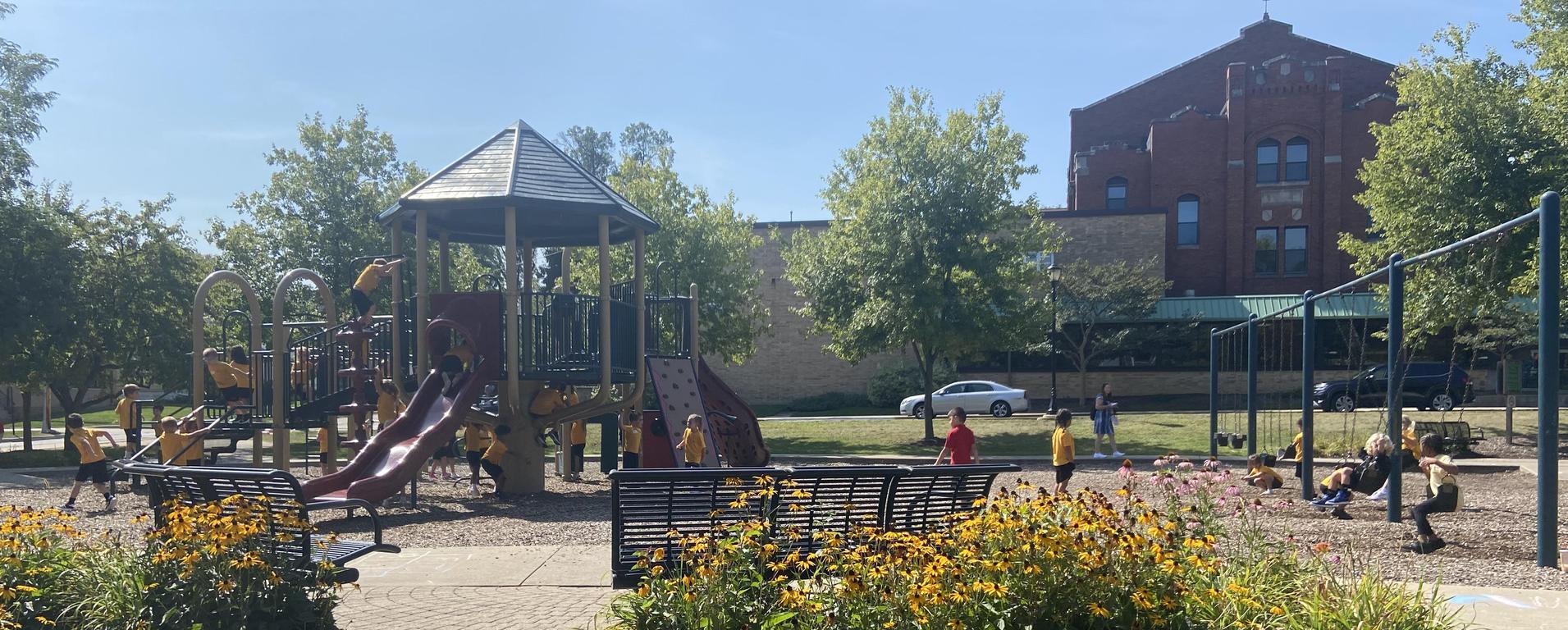Week at a Glance
ELA
- To practice correct letter formation
- To practice sound recognition
- To segment and spell three- sound short vowel words
- To write a complete sentence using capital letters and punctuation
- To understand the narrative story form: character, setting, main events
- To apply the bonus letter spelling rule: ff, ll, ss, and sometimes zz
- To read and spell the glued sound: all
- To read and spell trick words: was, one, said
- To generate a variety of adjectives
- To retell That Book Woman, including key details about characters, settings, and major events
- To define multiple meanings for words poke, spell
- To analyze the main character’s feelings using key details in That Book Woman
- To develop vocabulary knowledge of the word scholar
MATH Chapter 2 Test on Thursday
- To find related addition and subtraction facts
- To determine whether math statements are true or false
SCIENCE
- Students explore all of the different shapes of the Moon that can appear on different nights. In the activity, My Moon Book, students observe photos of the Moon taken over the course of four weeks and draw pictures of the Moon's phases in their book. They use these observations to discover patterns in how the Moon’s shape changes and predict when the next full moon will appear.
RELIGION
- To identify psalms as songs and poems of prayer
- To explain that Ordinary Time is a time to show our thanks for God’s creation and for the gifts of God’s creation and for the gifts God gives us
- To discuss the images of God’s creation- especially wheat and grapes that become bread and wine- displayed during Ordinary Time
- To define celebrate, liturgical year, and Ordinary Time


